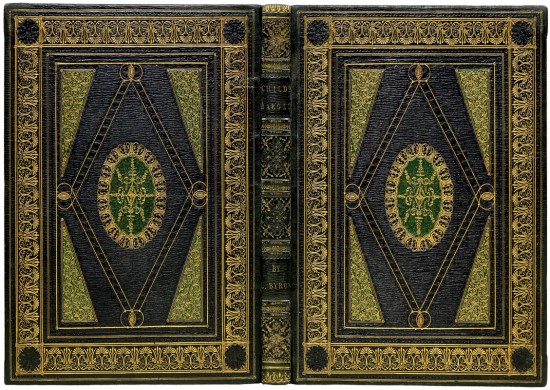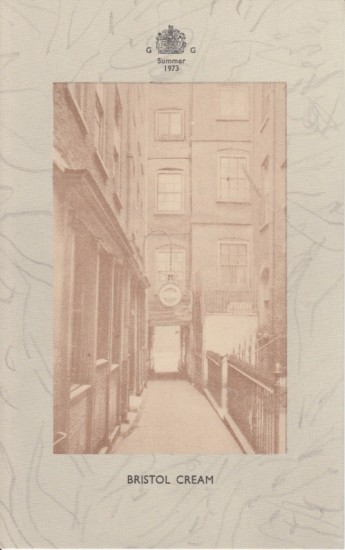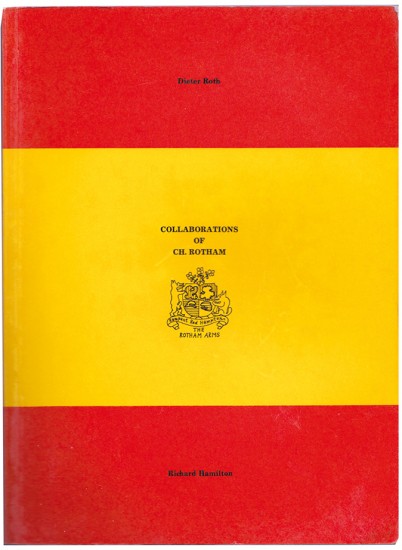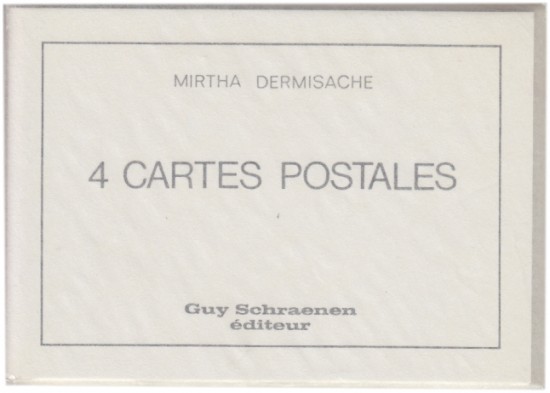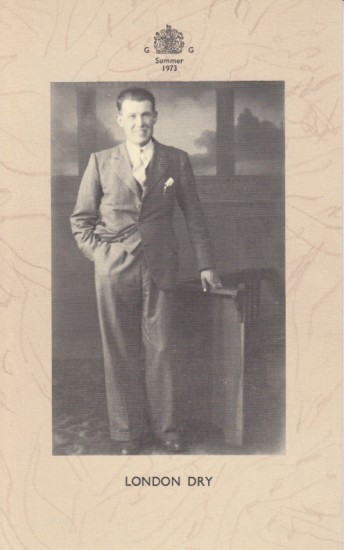Childe Harold's Pilgrimage. A Romaunt
Byron, George Gordon, 6th Baron
London. Printed for John Murray, 32, Fleet-Street; William Blackwood, Edinburgh; and John Cumming, Dublin. By Thomas Davison, White-Friars. 1812
Sold
First edition of Byron's Childe Harold's Pilgrimage in a beautiful contemporary binding.
The first edition was limited to 500 copies; this copy, which includes the integral advertisements, is Randolph's third variant (no priority): ' ... it would seem that the change in line 11, page 97 not only occurred during the printing, but that the binder gave neither sheet precedence over the other.' (see Randolph, page 19).
Byron's 'Childe Harold's Pilgrimage', written in Spenserian stanzas (i.e. stanzas of nine lines, eight in iambic pentameter with a concluding alexandrine and an ABABBCBCC rhyme scheme), was the chief cause of Byron's fame. Published in an initial run of 500 copies, the first edition sold out within three days and prompted Byron to write: 'I awoke one morning and found myself famous'. The work features the first appearance of the Byronic hero and is believed to display Byron's own youthful views and character. The first two cantos (of four) were published here for the first time, with the final cantos not appearing until 1818.
'Byron's influence on the poetry of every foreign nation is incalculable ... it was the very 'romanticism' of Childe Harold that established Byron and Byronism as a temporarily national and centennially international force in the western mind. What the whole of the nineteenth century admired most was the fascinating blend of aristocratic arrogance and revolutionary enthusiasm, sexual licentiousness and purity of love, glowing passion and deep melancholy, bitter irony and lachrymose sentimentality, exqusite dandyism and high personal courage ... The Byronic combination of oriental enchantment and nature worship, pessimism and pantheism, stamped itself upon European civilization.' (Printing and the Mind of Man).
[Randolph 19 / 20; Wise I, 50 / 51; Tinker 519; PMM 270].
The first edition was limited to 500 copies; this copy, which includes the integral advertisements, is Randolph's third variant (no priority): ' ... it would seem that the change in line 11, page 97 not only occurred during the printing, but that the binder gave neither sheet precedence over the other.' (see Randolph, page 19).
Byron's 'Childe Harold's Pilgrimage', written in Spenserian stanzas (i.e. stanzas of nine lines, eight in iambic pentameter with a concluding alexandrine and an ABABBCBCC rhyme scheme), was the chief cause of Byron's fame. Published in an initial run of 500 copies, the first edition sold out within three days and prompted Byron to write: 'I awoke one morning and found myself famous'. The work features the first appearance of the Byronic hero and is believed to display Byron's own youthful views and character. The first two cantos (of four) were published here for the first time, with the final cantos not appearing until 1818.
'Byron's influence on the poetry of every foreign nation is incalculable ... it was the very 'romanticism' of Childe Harold that established Byron and Byronism as a temporarily national and centennially international force in the western mind. What the whole of the nineteenth century admired most was the fascinating blend of aristocratic arrogance and revolutionary enthusiasm, sexual licentiousness and purity of love, glowing passion and deep melancholy, bitter irony and lachrymose sentimentality, exqusite dandyism and high personal courage ... The Byronic combination of oriental enchantment and nature worship, pessimism and pantheism, stamped itself upon European civilization.' (Printing and the Mind of Man).
[Randolph 19 / 20; Wise I, 50 / 51; Tinker 519; PMM 270].
pp. vi, (ii), 226, (i), (ii). 4to. (290 x 225 mm). Printed title, two leaves with Byron's 'Preface', leaf with list of contents and four-line errata verso, title to poem and Byron's verse for Cantos I and II, 'Notes' to both Cantos, additional 'Poems' and 'Appendix' including leaf with engraved Greek text and publisher's advertisement. First leaf with the watermark 'RUSE & TURNERS / 1805', final leaf with the watermark 'J SIMMONS / 1813'. Contemporary black crushed morocco, boards with elaborate tooling in gilt and blind to surround central green morocco vignette with four further inset sections of green morocco all with elaborate gilt tooling, double-banded spine with elaborate gilt tooling and gilt title in six compartments, turn-ins with elaborate gilt borders, pink silk moiré doublures and endpapers with patterned borders, a.e.g.
#42230
